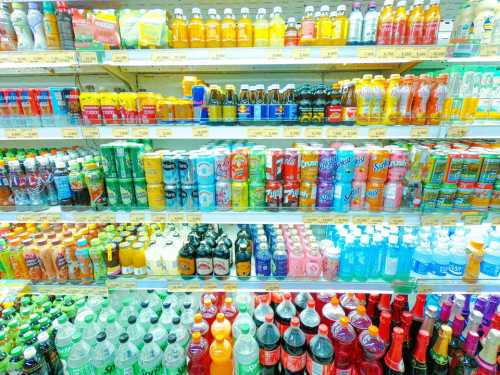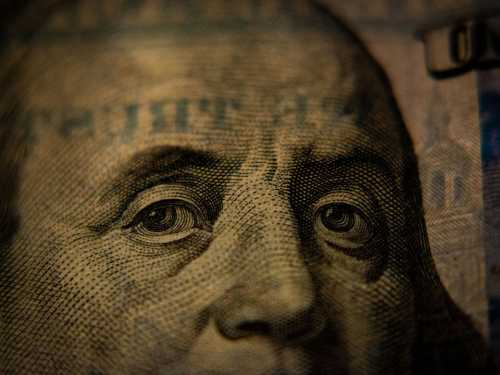
Arriving at the store, we see entire shelves with brightly packaged drinks. Juice, nectar, fruit drink, juice drink — it seems that the only difference is in the name and label. But in fact, behind these words are completely different products, both in terms of composition and price-benefit ratio.
Let's figure out what's behind each name, and what manufacturers make the most money on, essentially selling us sugar water at the price of real juice.
Juice
It is more expensive to produce than others. In order to be able to write the word “juice” on the packaging, the product must meet strict criteria. In fact, everything else is no longer juice, it only contains a certain proportion of it. For example, if you are buying for children, then be sure to look for the word “juice” on the packaging. This is at least some kind of guarantee of quality.
Juices are:
— Directly squeezed. After squeezing, such juice undergoes gentle pasteurization (short-term heating for disinfection) and only then is it bottled. Such juices are produced in the smallest quantities. It is more profitable to sell reconstituted ones.
— Reconstituted. Puree (concentrated juice) is placed in the package and water is added. Pasteurized by heating to 95 degrees. Bottled. It is desirable that the phrases: “no added sugar” or “contains sugar of natural origin” are present.
Nectar
The word “nectar” sounds beautiful. You might think that it is such a rich concentrate. But it is the opposite. Nectar contains only a certain part of the juice. In recent years, manufacturers have been very actively developing this segment. Nectars are much more profitable to sell than juices.
The minimum proportion of juice in nectar depends on the type of fruit or berry and ranges from 25% to 50%. The remaining volume can be taken up by water with sugar. The least amount of juice (from 25%) is in nectars from bananas, lemons, limes, papayas, currants, passion fruit. The most (from 50%) is in nectars from apples, quince, pears.
Morse
The minimum proportion of berry raw materials in fruit juice is 15%.
The most annoying thing about store-bought fruit drinks is the high price. A package of fruit drink costs the same as a package of juice. Despite the fact that fruit drink is water + sugar + juice from frozen berries (15%).
Unlike juices, the legislation is less strict for fruit drinks and allows the presence of preservatives, dyes and flavors in their composition, although many manufacturers do not add them. Therefore, it is important to read the composition on the packaging. The result is a tasty drink with very low nutritional value. Therefore, from the point of view of the price-benefit ratio, such a purchase may be unjustified.
Drink
According to standards, the juice content in them must be at least 10% (except for lemon and orange, where this figure is even lower – from 5%). At the same time, the use of artificial colors, flavors, stabilizers, acids and other food additives is allowed in such drinks.
In terms of benefits, drinks are as far removed from juices as possible, which cannot be said about their cost. Given the minimal juice content and the large number of additives, purchasing a juice drink is the least beneficial option of all the listed options.






